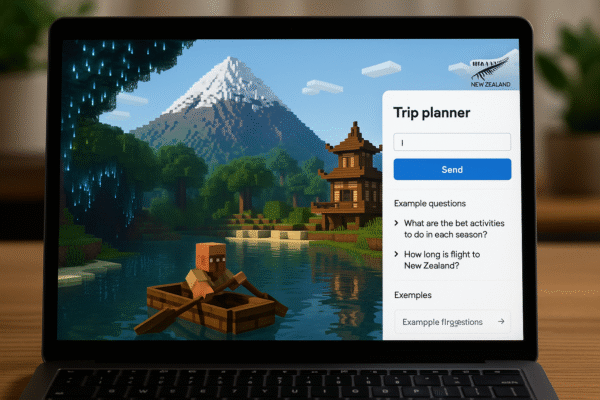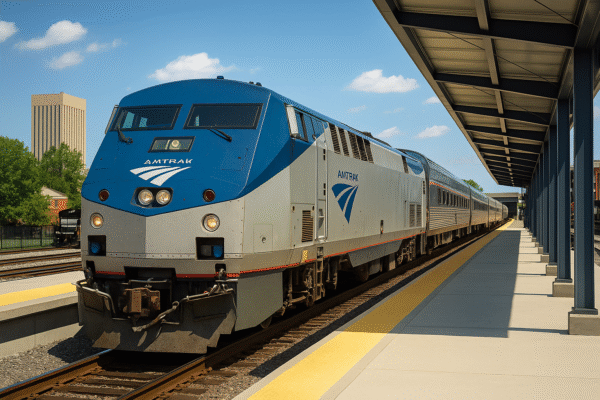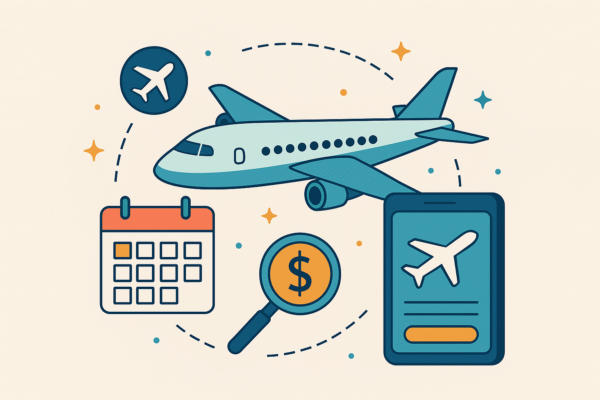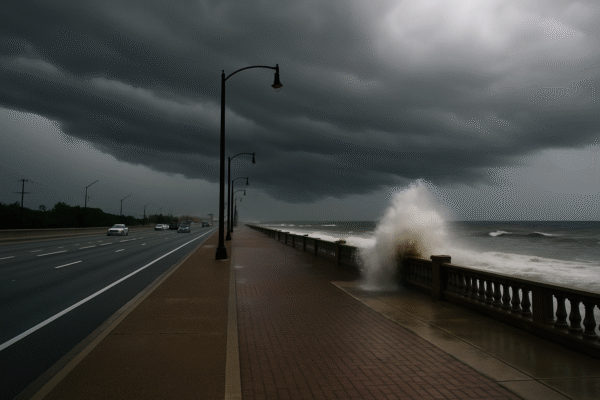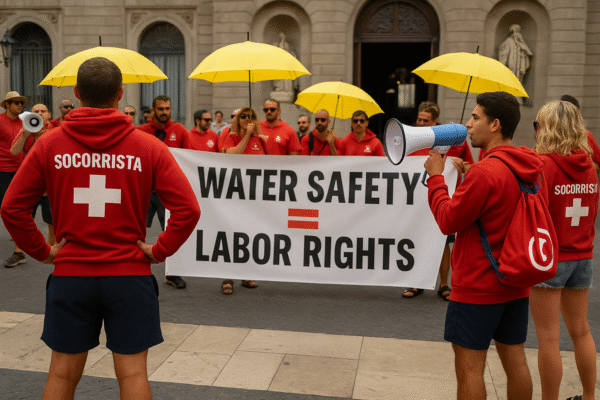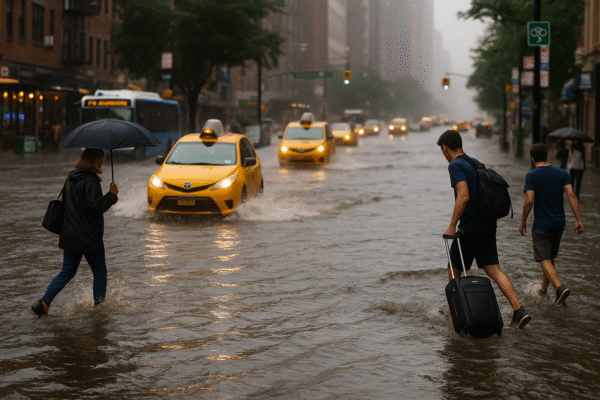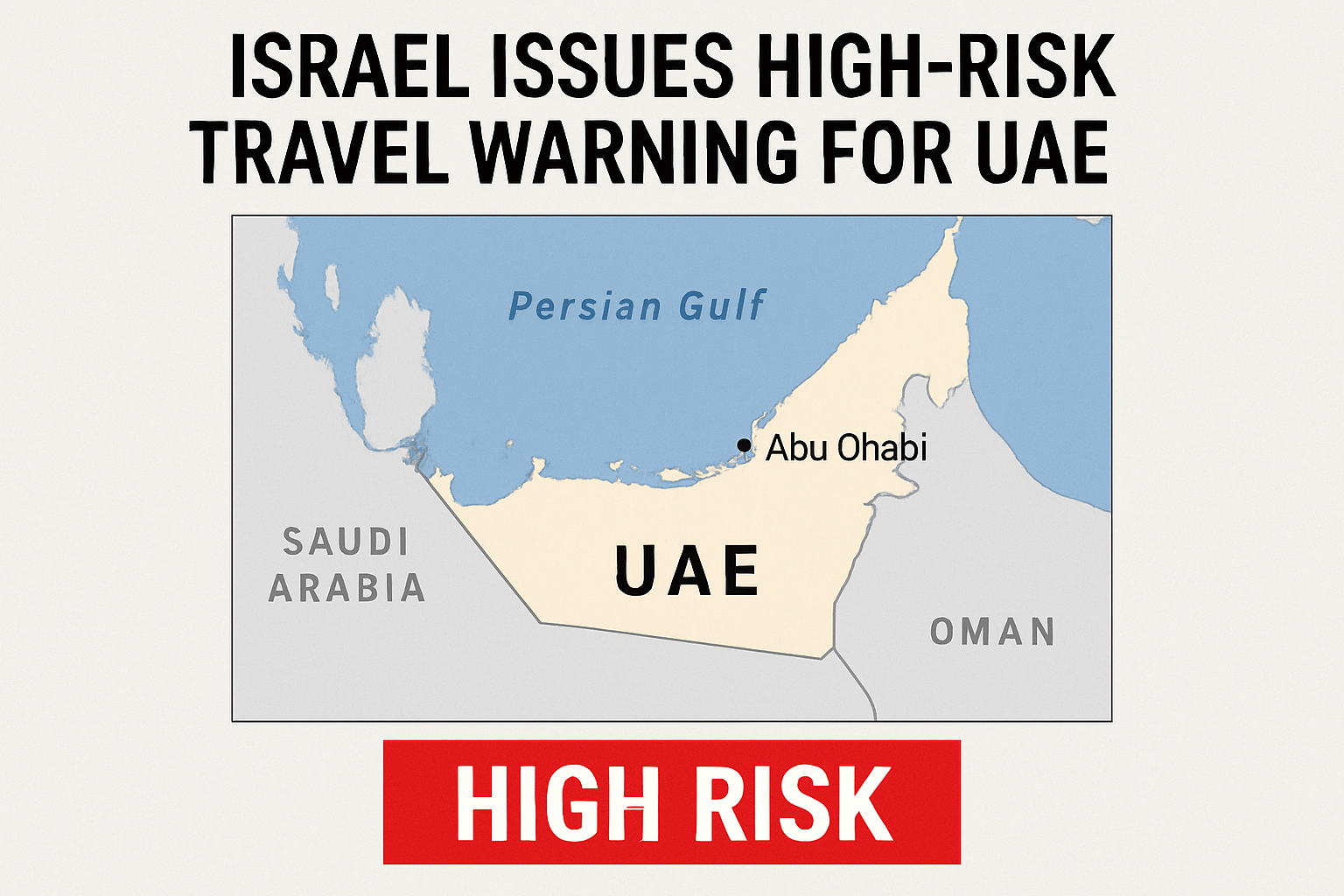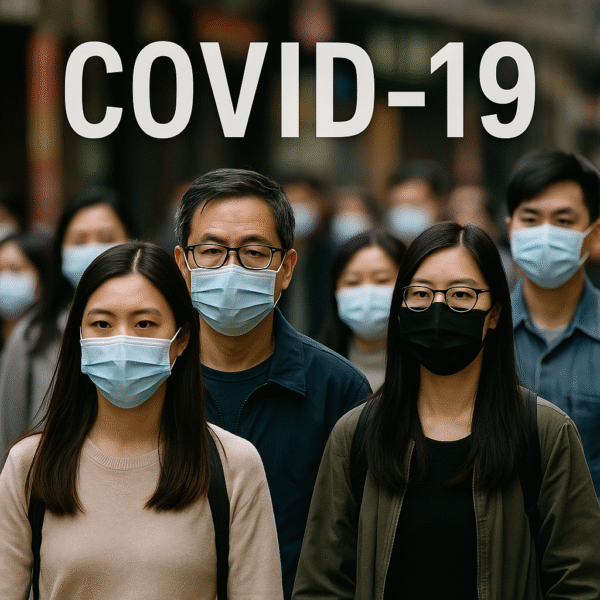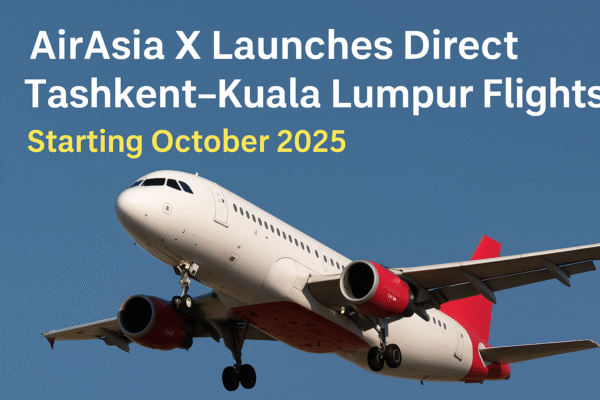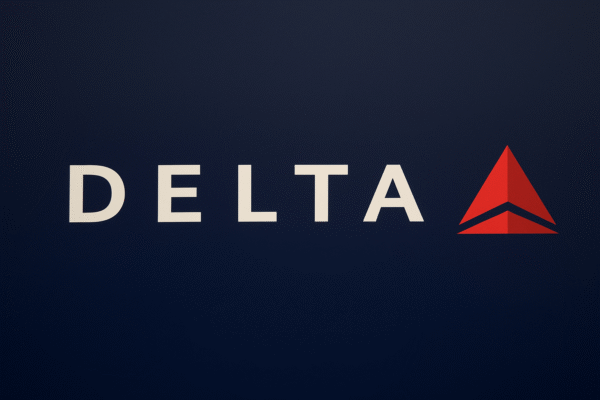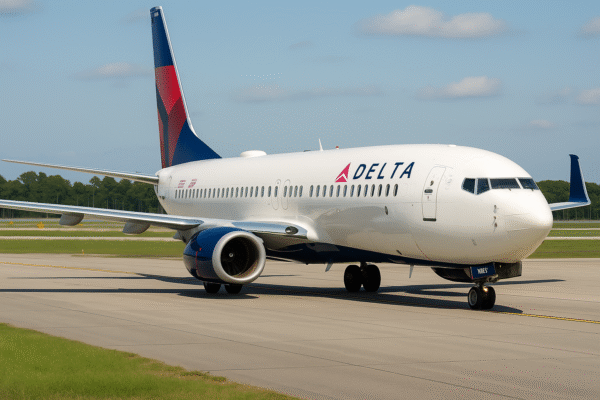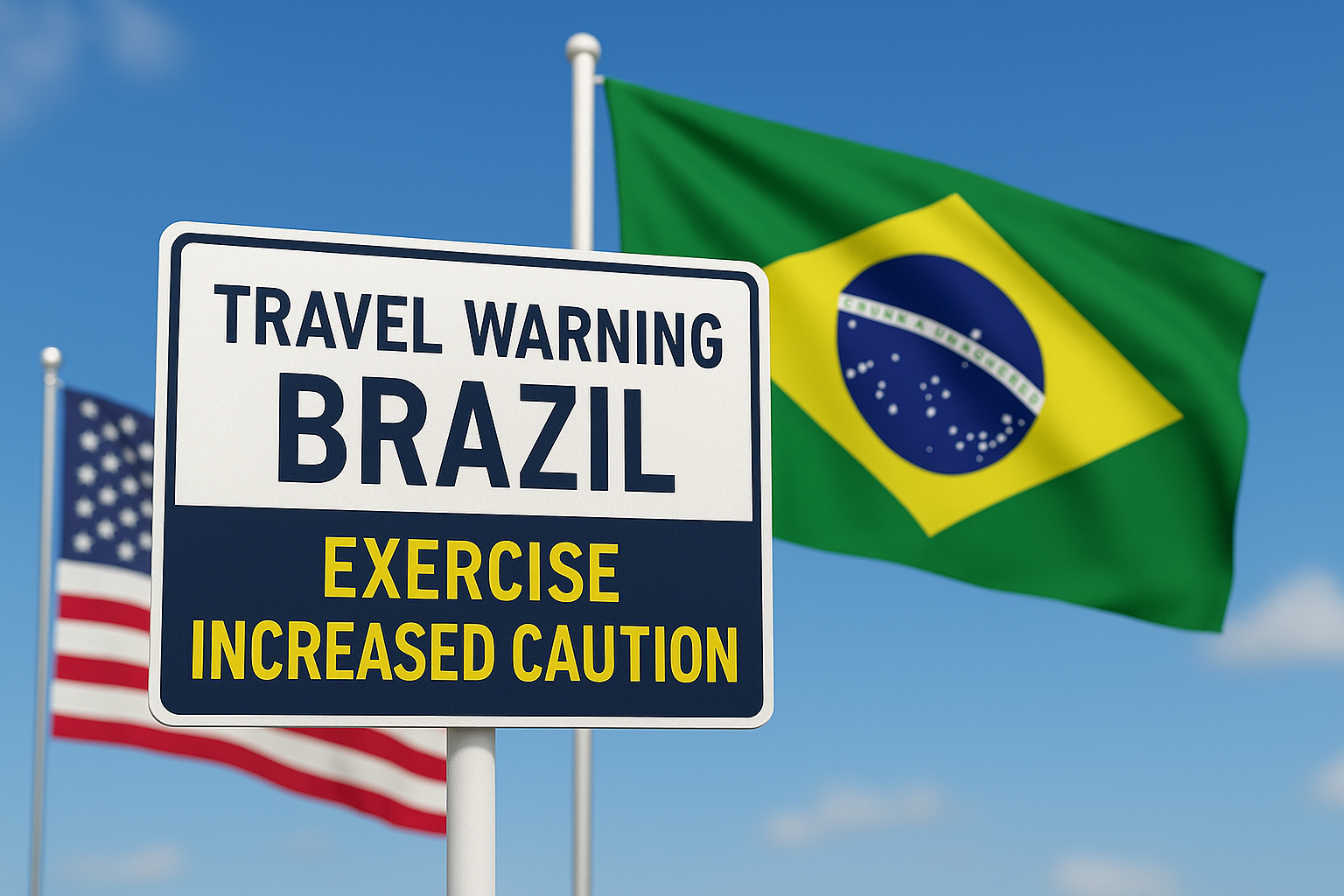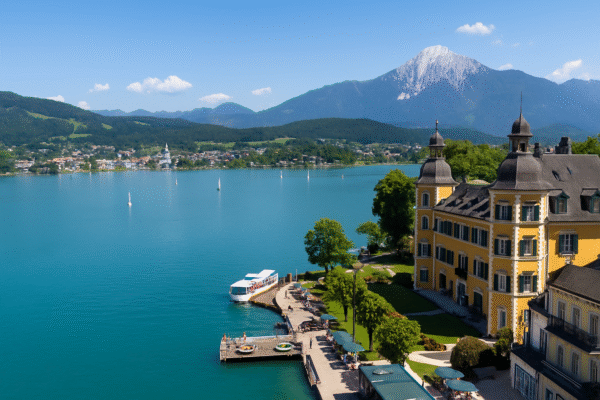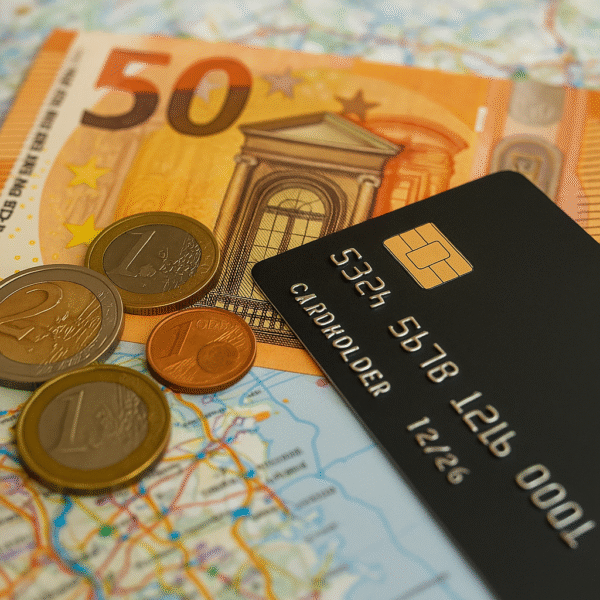Washington, D.C. | Brasília – June 2025
Planning a vacation to Brazil this summer? The U.S. Department of State has issued an updated travel advisory for Brazil, warning American tourists to “exercise increased caution” due to a rise in violent crime and kidnapping risks. The advisory, effective from May 29, 2025, designates Brazil under Level 2—meaning travelers should heighten their awareness and take extra precautions while visiting the country.
While Brazil remains one of South America’s most popular tourist destinations—with iconic cities like Rio de Janeiro and São Paulo, breathtaking natural wonders like Iguazu Falls, and world-renowned biodiversity in the Pantanal—security risks in certain areas have prompted U.S. authorities to reinforce travel guidance.
What Does Level 2 Mean for Travelers?
The Level 2 advisory issued by the U.S. Department of State signals that travelers need to remain alert to potential safety threats. The advisory specifically cites the prevalence of violent crime, including armed robbery, murder, carjackings, and gang-related activity, which can occur day or night—even in urban tourist zones.
Criminal activity targeting tourists is reportedly on the rise in several areas. Incidents involving sedatives placed in drinks, thefts from dating app encounters, and nighttime robberies on beaches are among the growing list of reported concerns, especially in Rio de Janeiro and São Paulo.
In addition to crime, the advisory also highlights kidnapping risks, including express kidnappings where victims are briefly held while forced to withdraw cash or valuables.
Areas to Avoid: U.S. State Department Guidance
Travelers are strongly advised to steer clear of the following regions:
- Informal housing areas: Known locally as favelas, vilas, or comunidades, these zones often lack consistent law enforcement and are frequently controlled by organized criminal groups.
- Border regions: Within 160 kilometers (approximately 100 miles) of Brazil’s land borders with Bolivia, Colombia, Guyana, French Guiana, Paraguay, Peru, Suriname, and Venezuela. However, exceptions include well-known tourist destinations like Foz do Iguaçu National Park and Pantanal National Park, which are not part of this advisory.
- Brasília’s satellite cities at night: Locations such as Ceilândia, Santa Maria, São Sebastião, and Paranoá are considered high-risk during nighttime hours due to elevated crime rates.
These zones have become increasingly problematic for law enforcement agencies due to the influence of gangs and the lack of consistent police presence.
Travel Safety Tips for U.S. Visitors to Brazil
In light of the updated guidance, travelers are urged to follow these essential safety recommendations:
- Remain aware of your surroundings at all times, especially in crowded areas or public transport.
- Do not resist robbery attempts—complying can reduce the risk of injury.
- Avoid accepting food or drinks from strangers, particularly in nightlife settings.
- Avoid walking alone on beaches after dark, even in popular resort zones.
- Refrain from visiting bars or clubs unaccompanied, especially at night.
- Have a communication plan in place with family, employers, or travel hosts, particularly if visiting rural or high-risk areas.
Additionally, the State Department advises U.S. travelers to enroll in the Smart Traveler Enrollment Program (STEP) to receive real-time alerts and facilitate assistance in case of emergencies. Tourists are also encouraged to prepare an emergency contingency plan and review the State Department’s comprehensive Traveler’s Checklist.
Travel Insurance Is Strongly Recommended
With elevated risk levels, travel insurance is no longer optional—it’s essential. U.S. authorities recommend that tourists purchase comprehensive coverage that includes:
- Medical evacuation insurance
- Emergency health coverage
- Trip cancellation or interruption insurance
These policies can help protect against unexpected events such as illness, injury, or travel delays—critical in a country where high-quality medical services may be far from tourist zones.
Tourism Still Active—But Caution Is Key
Despite the advisory, Brazil continues to welcome millions of international visitors each year. Popular tourist destinations such as Rio’s Christ the Redeemer statue, Iguaçu Falls, the Amazon rainforest, and Pantanal National Park remain major attractions, drawing nature lovers, adventure seekers, and cultural enthusiasts from across the globe.
Many of Brazil’s tourism hotspots are generally safe when visited with a local guide or as part of organized tours. The key lies in preparation and situational awareness.
Travel industry experts advise booking tours with licensed operators, staying in reputable hotels, and consulting local authorities or hotel staff about safety in specific neighborhoods.
Understanding U.S. Travel Advisory Levels
To help travelers plan smartly, here’s a breakdown of the State Department’s travel advisory levels:
- Level 1: Exercise Normal Precautions – Basic awareness needed; minimal risk.
- Level 2: Exercise Increased Caution – Elevated risk; extra awareness required.
- Level 3: Reconsider Travel – Significant threats to safety; travel only if essential.
- Level 4: Do Not Travel – Extremely high risk; avoid entirely, as the U.S. may not assist in emergencies.
Currently, Brazil is under Level 2, which is common among many countries with urban safety concerns but still open for tourism.
Final Thoughts: Travel Smart, Not Scared
Brazil’s rich culture, iconic landmarks, and vibrant biodiversity continue to captivate international visitors. While the U.S. government’s Level 2 advisory underscores legitimate safety concerns, it does not recommend cancelling travel outright.
Instead, travelers should approach their trip with informed caution, enhanced situational awareness, and adequate travel insurance.
Plan wisely. Stay alert. Enjoy responsibly. With the right precautions, a trip to Brazil in 2025 can still be a remarkable, unforgettable journey.
For more travel news like this, keep reading Global Travel Wire

